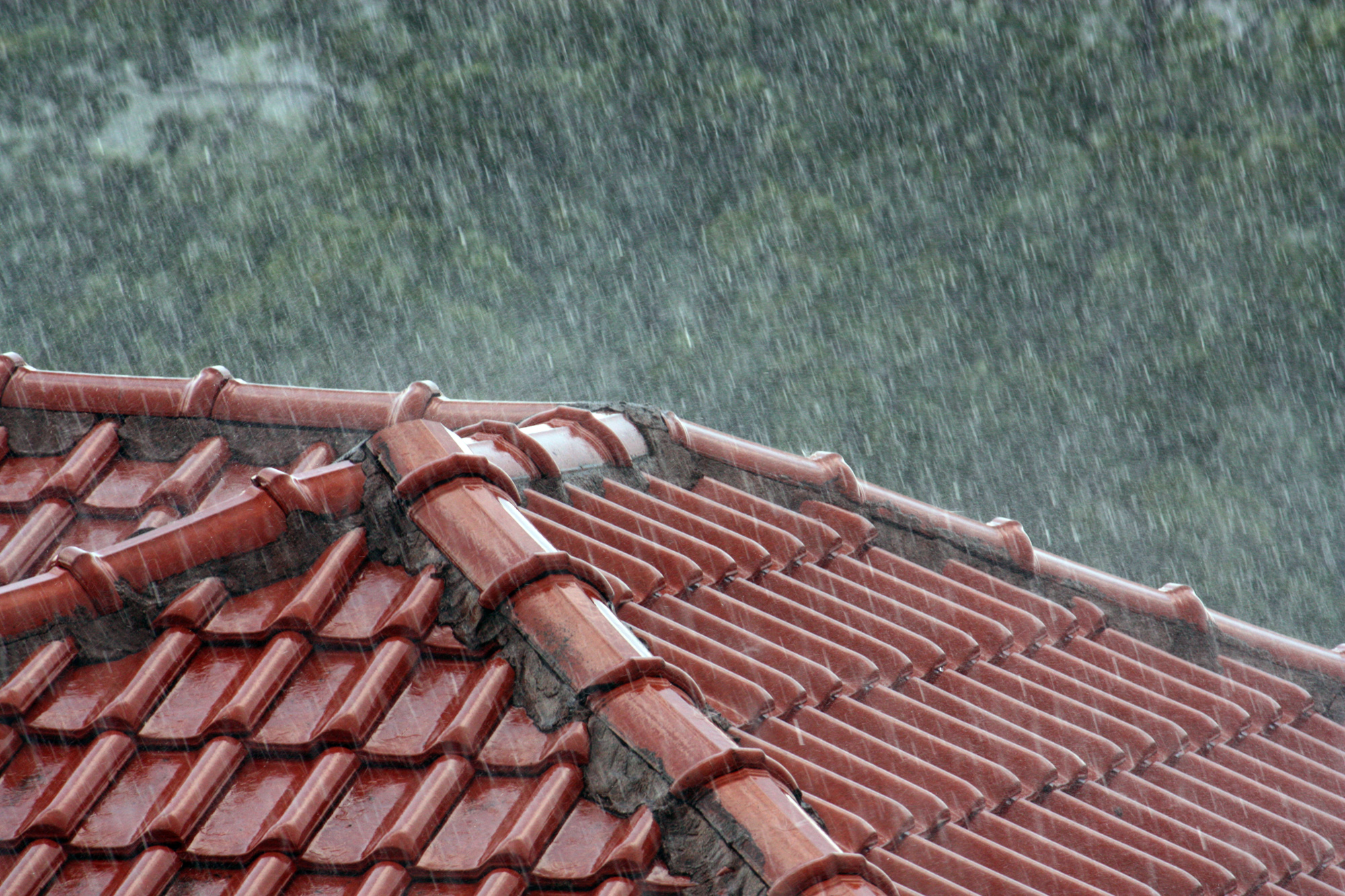
17 Jun How to make your roof resistant to all types of weather
The purpose of your roof is to keep your home dry and temperate. Your roof needs to be able to withstand a wide variety of weather conditions if it is to function effectively and protect your home.
We have taken a look at some of the ways you can make your roof more resistant to different types of weather, as well as explaining issues you need to think about to ensure your roof is as weatherproof as possible.
Why weatherproofing your roof matters
The weather in the UK is famously unpredictable. Heavy rain, storms and high winds are all regular features, as well as occasional snowfalls and even hot sunny spells! Your roof has a lot to cope with in the course of a year, so it is essential to protect it as much as possible from a variety of weather conditions.
Failing to do this can cause damage to your roof. This can lead to leaks, damp and even structural damage to your home. By taking a few simple steps to protect your roof, you can save yourself a lot of money and stress further down the line.
Steps you can take to make your roof more weather resistant
Of course, one of the most important things you can do is to ensure that your roof is well-constructed from high quality materials, by an experienced professional roofing company. The more well-made and durable your roof is to begin with, the longer it will last, and the more likely it will be to withstand the elements.
However, many of us have never had a new roof installed, so you need to take good care of your existing one.
Here are some of the most important measures you can take to protect your roof and prevent weather damage:
- Keep your gutters clear
This is the most basic element of roof care. If leaves and debris are allowed to accumulate in your gutters, rainwater can overflow. This can cause it to leak into the walls of your property and make your home damp. In extreme cases, it can cause the gutters to become detached from your property, which can be an expensive job to fix.
- Remove overhanging branches
If there are any trees positioned close to your house, you need to make sure there are no branches overhanging the roof. If a branch broke off in a storm, it could hit your roof, dislodging tiles or causing cracks and holes. This can allow leaks, which are highly unpleasant and can ultimately damage your property.
- Ensure your attic is well-insulated
Your attic needs to be properly insulated to prevent heat escaping through the roof. If this happens during the winter, the escaping heat can melt any snow which has gathered on your roof. This can then refreeze, causing what is known as an ice dam, which can seriously damage your roof and gutters.
- Have your roof inspected regularly
The best way to protect your roof is to have it inspected at least once a year by an experienced, professional roofing company. They will be able to identify any early signs of damage, and fix any problems before they have a chance to become more serious.
If you would like to arrange a roof inspection to ensure your roof is in good condition, please contact us, and we will be happy to help.


Sorry, the comment form is closed at this time.